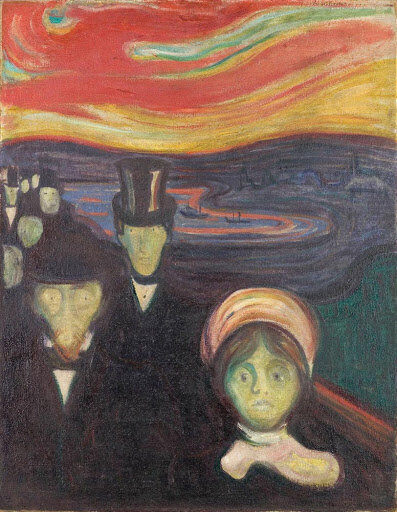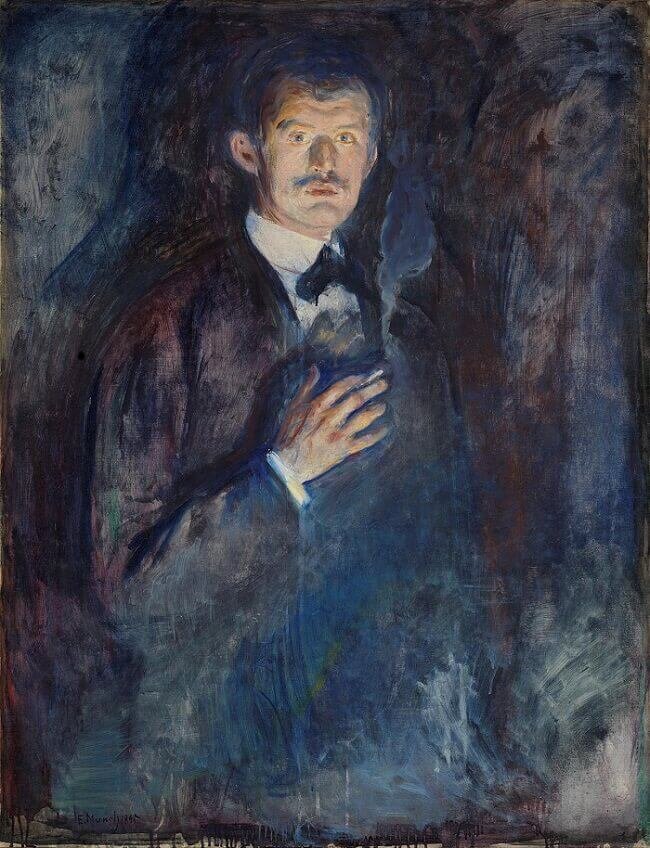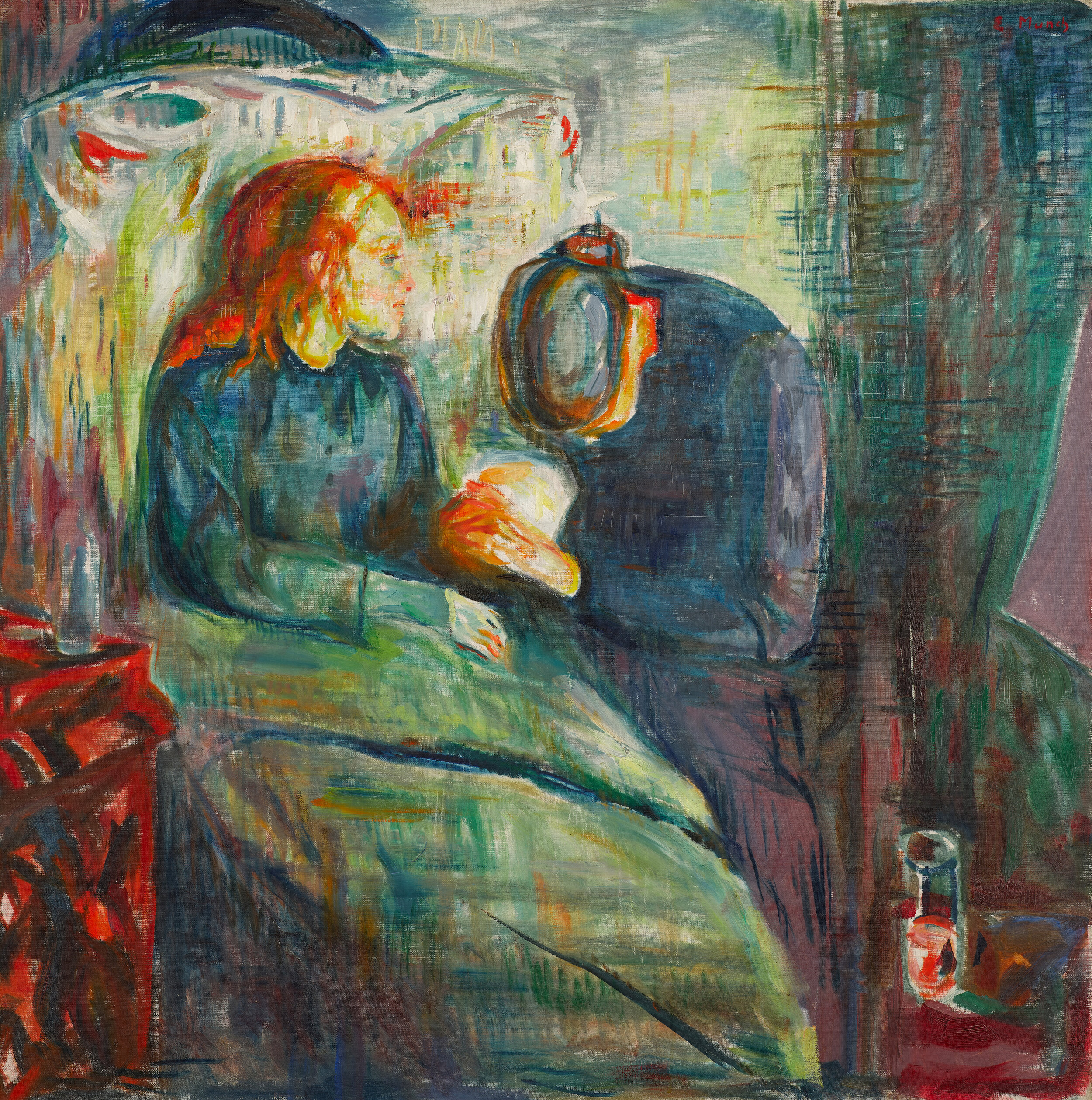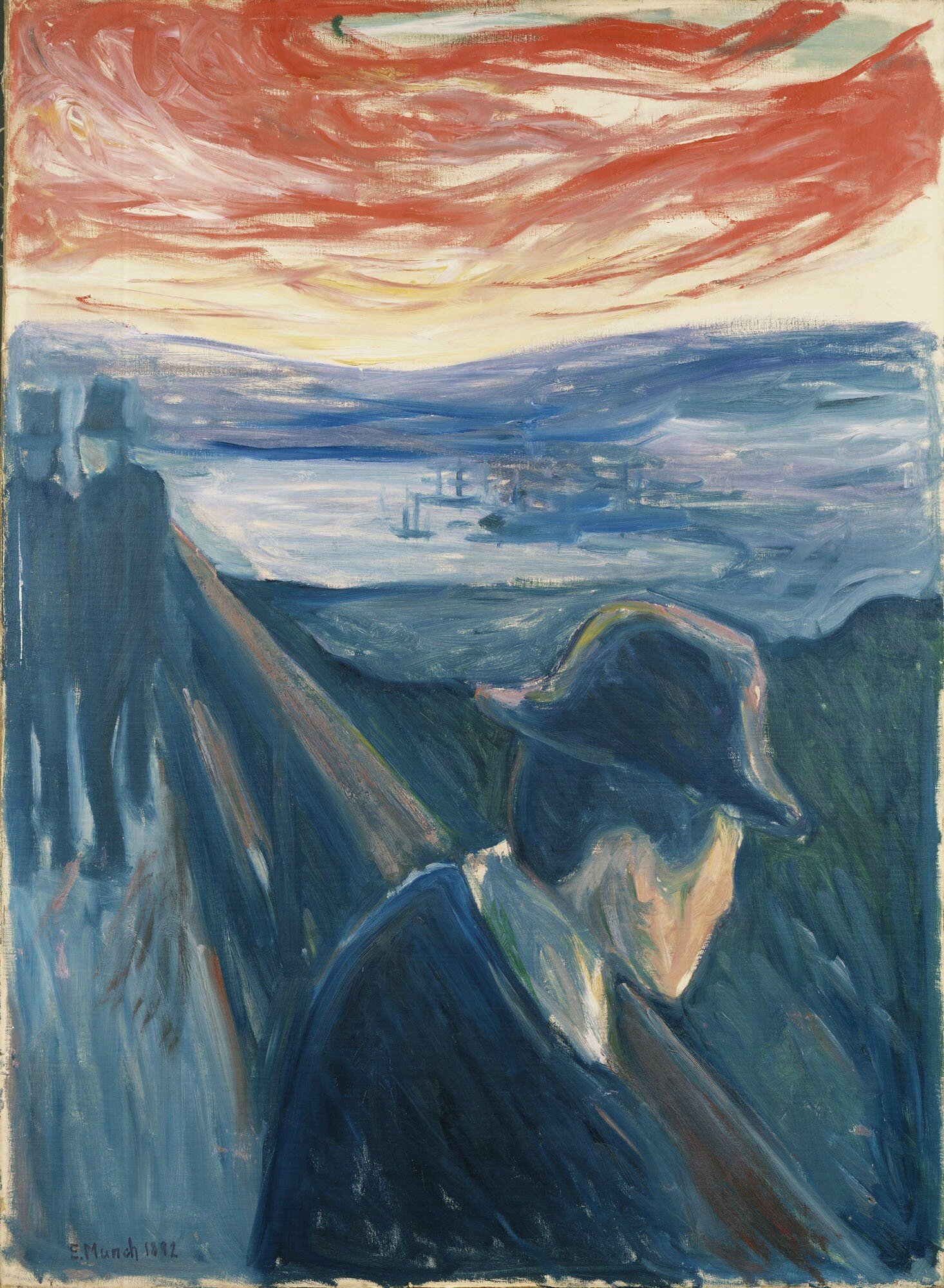Art Discussion : How was it made?
Edvard Munch
The Scream
History of the Artist
At the turn of the 20th Century, the world underwent a vast paradigm shift. With the Advent of the 1st World War and the vast mechanisation of Industry, the World was changing quickly.
Art and Artist felt the shift more than ever before.
People were thrusted into emotive turmoil not understood or experienced before. The value of human sensibility and traditional class structures were ever changing. Artists took to the canvas to explain and understand these emotions.
Edvard Munch was born in 1863, in the small village of Adalsbruk, Norway. Munch came of age in the first decade of the 20th century, during the peak of the Art Nouveau movement.
His Art heavily follows the Art Nouveau focus on all things organic, evolutionary and mysteriously instinctual. Munch’s work discusses human mortality, sexual liberation and mental health issues like anxiety and depression.
Method and Mantra
Munch lost both his mother and sister early in life. These tragic events left a lifelong impression on him. Munch’s work is loaded with heavy symbolism towards anxiety, emotional suffering and human vulnerability.
Munch uses intense colour and semi-abstracted forms and figures to symbolise an unnerving sense of emotional discomfort. His subjects are trapped in a loop of emotional turmoil; thinking and exisiting in a single moment that seems to last an eternity.
Munch’s interpretation of the social mindset of the early 20th Century has been carried forward as a brave understanding of this historic period. Munch’s work has gone on to influence German Expressionist Artists as well as the Surrealism Movement.
“The paint is dry and scant. Quick and translucent. Figures are barely recognisable and always seem to be bleeding into the nothingness. A moment frozen in time filled with hurt, pain and anguish…”
Creating a Masterpiece
The Scream (1893)
Edvard Munch’s The Scream is one of the most recognisable pieces of Art. It stands as one of the most quintessential works of modern innovation. This painting has gone on to influence the Expressionist Period, Surrealism and Fauvism. It is one of the most pivotal paintings in Art History.
Munch describes the painting as,
“I was walking down the road with two friends when the sun set; suddenly, the sky turned as red as blood. I stopped and leaned against the fence ... shivering with fear. Then I heard the enormous, infinite scream of nature.”
Vermilion Red and heated Oranges cast the sky in a surreal churning of light and clouds. The Ocean seems to boil and rise into the molten sky. The mangled man in the foreground is nearly melted. Writhing in pain and anguish as if disintegrating into the background from the screams of the world.
This is not a pretty painting. In fact, it is far from tranquil as you can get. However, this painting stands as a physical representation of Anxiety and mental turmoil.
It is seeding, melding and highly relatable to anyone standing in front of it.
Dear Readers
I share fantastic Art History tidbits with all my In-Studio and Virtual Classroom Students. I believe that learning how to make Art is only part of your Artistic Journey. Here at SRA, I foster in you a deep appreciation for all genres of Art.
Interested in taking an Art Class with SRA








